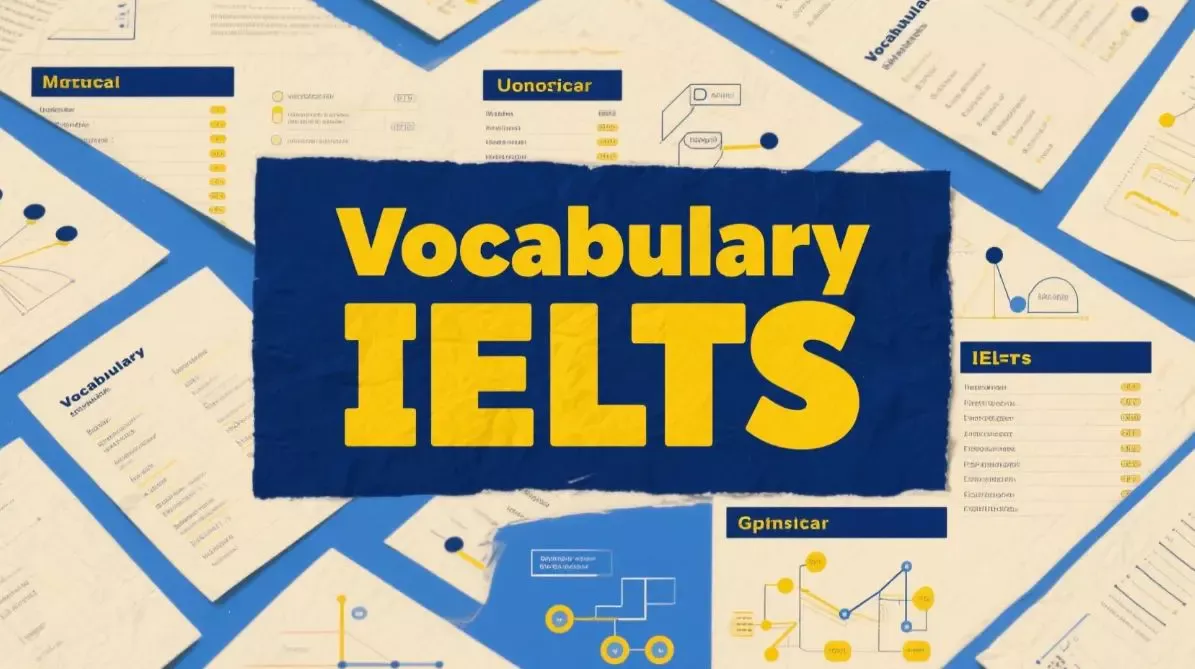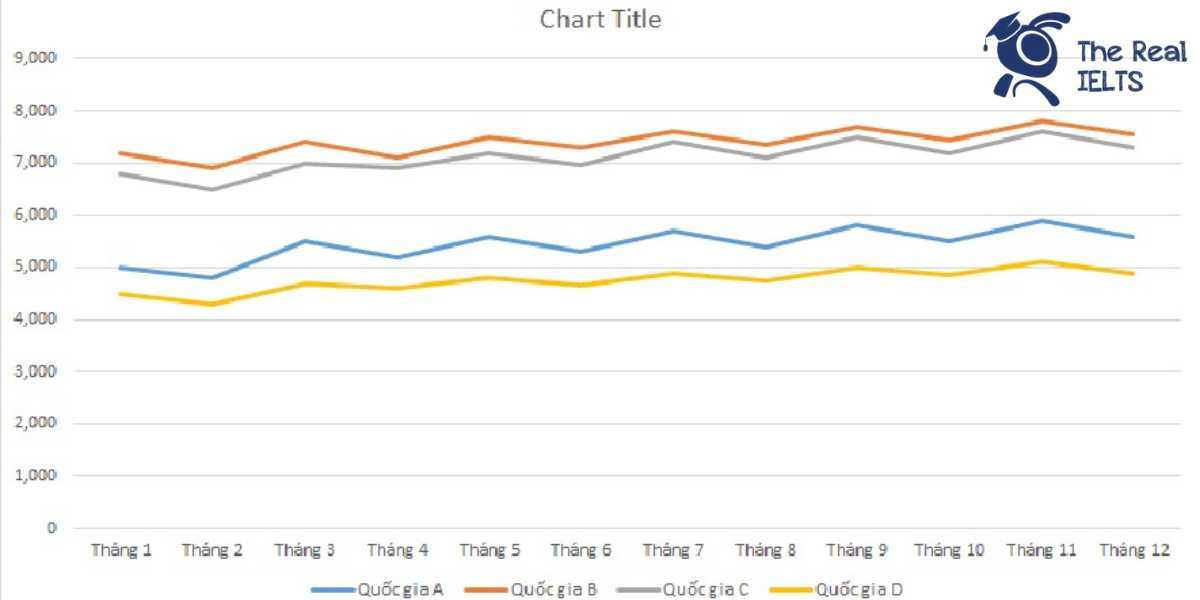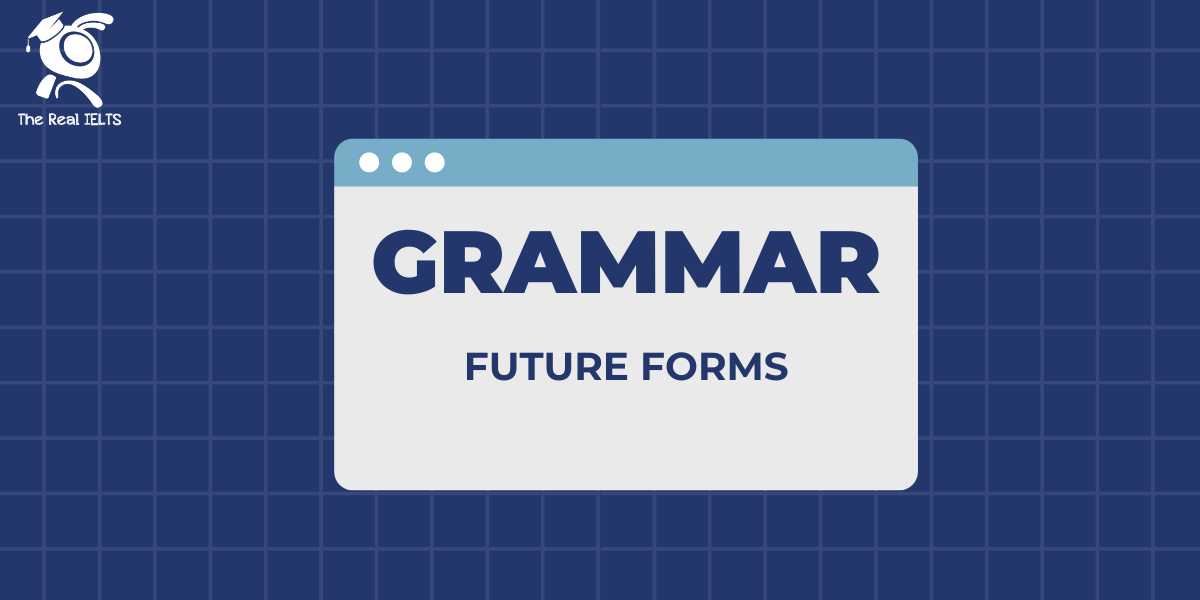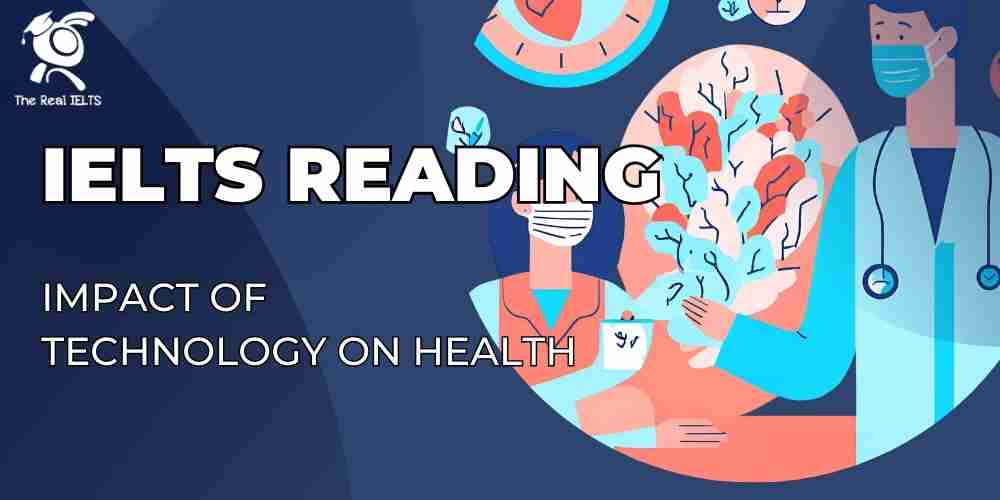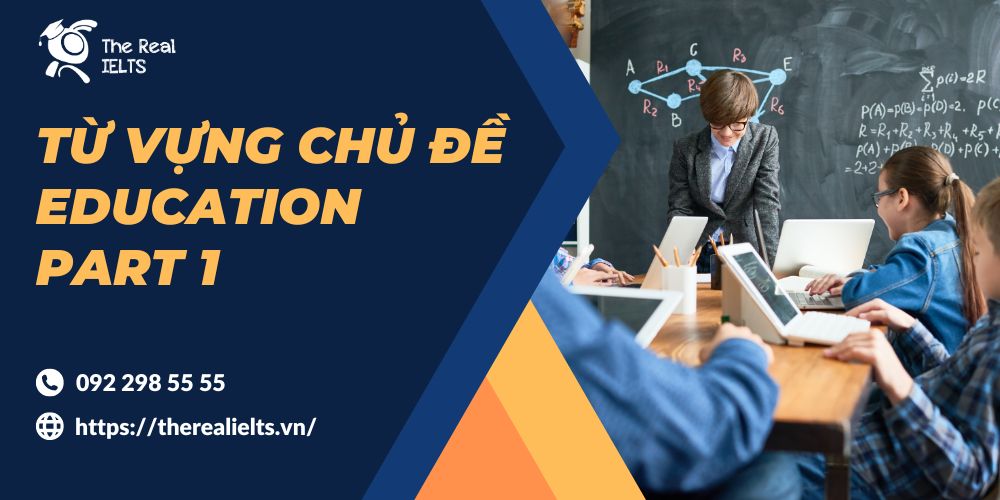1. Learning
Read the passage and mark A, B, C or D to indicate the correct answer to each of the questions.
Learning
Learning means acquiring knowledge or developing the ability to perform new behaviors. It is common to think of learning as something that takes place in school, but much of human learning occurs outside in classroom and people continue to learn throughout their lives.
Even before they enter school, young children learn to walk, to talk and to use their hands to manipulate toys, food and other objects. They use all of their senses to learn about the sights, sounds, tastes and smells in their environments. They learn how to interact with their parents, siblings, friends and other people important to their world. When they enter school, children learn basic academic subjects such as reading, writing and mathematics. They also continue to learn a great deal outside the classroom. They learn which behaviors are likely to be rewarded and which are likely to be punished. They learn social skills for interacting with other children. After they finish school, people must learn- to adapt to the many major changes that affect their lives, such as getting married, raising children and finding and keeping a job.
Because learning continues throughout our lives and affects almost everything we do, the study of learning is important in many different fields. Teachers need to understand the best ways to educate children. Psychologists, social workers, criminologists, and other human-service workers need to Understand how certain experiences change people’s behaviors. Employers, politicians, and advertisers make use of the principles of learning to influence the behavior of workers, voters and consumers
Learning is closely related to memory, which is the storage of information in the brain. Psychologists who study memory are interested in how the brain stores knowledge, where this storage takes place now the brain later retrieves knowledge when we need it. In contrast, psychologists who study learning are more interested in behavior and how behavior changes as a result of a person’s experiences.
There are many forms of learning, ranging from simple to complex. Simple forms of learning involve a single stimulus. A stimulus is anything perceptible to the senses, such as a sight, sound, smell touch or taste. In a form of learning known as classical conditioning, people learn to associate two stimuli that occur in sequence, such as lightning followed by thunder. In operant conditioning, people learn by forming an association between a behavior and its consequences (reward or punishment). People and animals can also learn by observation – that is, by watching others perform behaviors. More complex forms of learning include learning languages, concepts, and motor skills.
1. According to the passage, which of the following is learning in broad view comprised of?
A. Knowledge acquisition and ability development.
B. Acquisition of social and behavioral skills.
C. Acquisition of academic knowledge.
D. Knowledge acquisition outside the classroom.
2. According to the passage, what are children NOT usually taught outside the classroom?
A. Interpersonal communication.
B. Life skills.
C. Literacy and calculation.
D. Right from wrong.
3. Getting married, raising children and finding and keeping a job are mentioned in paragraph 2 as examples of __________________
A. the changes to which people have to orient themselves
B. the situations in which people cannot teach themselves
C. the ways people’s lives are influenced by education
D. the areas of learning which affect people’s lives
4. According to the passage, the study of learning is important in many fields due to ________________
A. the need for certain experiences in various areas
B. the exploration of the best teaching methods
C. the great influence of the on-going learning process
D. the influence of various behaviors in the learning process
5. It can be inferred from the passage that social workers, employers and politicians concern themselves with the study of learning because they need to _______________
A. change the behaviors of the object of their interest towards learning
B. thoroughly understand the behavior of the objects of their interest
C. make the objects of their interest more aware of the importance of learning
D. understand how a stimulus relates to the senses of the objects of their interest
6. The word “retrieves” in paragraph 4 is closest in meaning to _________________
A. generates
B. creates
C. recovers
D. gains
7. Which of the following statements is NOT true according to the passage?
A. Psychologists studying memory are concerned with how the stored knowledge is used.
B. Psychologists studying memory are concerned with the brain’s storage of knowledge.
C. Psychologists are all interested in memory as much as behaviors.
D. Psychologists studying learning are interested in human behaviors.
8. According to the passage, the stimulus in simple forms of learning __________________
A. bears relation to perception
B. is created by the senses
C. is associated with natural phenomena
D. makes associations between behaviors.
2. Homeschooling
Increasing numbers of parents in the U.S. arc choosing to teach their children at home. In fact, the U.S. Department of Education has estimated that in 1999, about 850,000 children were being homeschooled. Some educational experts say that the real number is double this estimate, and the ranks of homeschooled children seem to be growing at the average rate of about eleven percent every year.
At one time, there was a theory accounting for homeschooling: it was traditionally used for students who could not attend school because of behavioral or learning difficulties. Today, however, more parents are taking on the responsibility of educating their own children at home due to their dissatisfaction with the educational system. Many parents are unhappy about class size, as well as problems inside the classroom. Teacher shortages and lack of funding mean that, in many schools, one teacher is responsible for thirty or forty students. The children are, therefore, deprived of the attention they need. Escalating classroom violence has also motivated some parents to remove their children from school.
Although there have been a lot of arguments for and against it, homeschooling in the U.S. has become a multi-million-dollar industry, and It is growing bigger and bigger. There are now plenty of websites, support groups, and conventions that help parents protect their rights and enable them to learn more about educating their children. Though once it was the only choice for troubled children, homeschooling today is an accepted alternative to an educational system that many believe is failing.
1. The number of parents who want to teach their own children in the U.S, is _________________
A. remaining unchanged
B. remaining the same
C. going up
D. going down
2. This estimated number was presented by ___________________
A. a governmental office
B. schoolteachers
C. the parents
D. homeschooled children
3. According to some experts, the exact number of homeschooled children then must be ________________
A. 1,600,000
B. 850,000
C. 1,900,000
D. 1,700,000
4. The attitude of the author towards homeschooling can be best described as ________________.
A. acceptable
B. favorable
C. remarkable
D. unfavorable
5. More parents teach their children because they completely _______________the current educational system.
A. please with
B. object to
C. appeal to
D. approve of
6. Many parents stop their children from going to school because it is now too ________________ for them.
A. explosive
B. expensive
C. dangerous
D. humorous
7. Parents can teach children at home with the support of ___________________.
A. the Internet, conventions along with support groups
B. support groups, teachers, and websites
C. documents, websites, and support groups
D. books, support groups and the Internet.
8. Which is the best title for the passage?
A. Reasons for Homeschooling in the USA.
B. The Trend of Homeschooling in the USA.
C. Homeschooling – One of the Ways of Education in the USA.
D. Education System in the USA.
3. Death of the classroom: The New Wave of Online Education
Picture a society where learning can happen at any time, in any place and can be completed without ever going to class. This could be the essence of education and the internet technology now exists to support such a system. The virtual classroom is here. If you are interested in English, or Civil Engineering, then head to the university and click yourself a degree. Well, maybe it’s not that easy, but you would be on the right track. The flexibility of studying at your own pace and the money you save with online courses are two of the main attractions.
The Web is a powerful educational tool. Yet some feel that virtual classrooms will isolate students from each other, which will result in problems developing interpersonal relationships and that these skills are much more important than computer skills. Should teachers teach kids how to behave in society, how to respect others and how to cooperate or should kids have already learned this from their parents? No one is saying that social skills aren’t important, however, virtual classrooms are far about more than just computer skills. Some strongly believe that education can be taught via the Web and social skills can be gained from joining sports teams, summer camps, or just hanging out! Others argue that this virtual classroom may place pressure on students: to become computer literate or be left behind in life. Is this undue pressure or reality? Maybe being left behind in life is a little dramatic, but the reality is that the computer age is here. Whether you want to pay for your new jeans with your debit card or check to see if the library has the book you want, you’re going to need some computer skills.
The development of flexible, inquiring minds has rarely been the main concern in the design of educational systems. After all, if you have over thirty inquiring minds and only one teacher, flexibility could be a problem. It seems that developing students’ proper social behavior has always exceeded the concern to develop students’ creativity. Computer technology can make individualized attention a real possibility. At the Institute for the Learning Sciences, systems are being developed to allow people to try out things in simulated worlds. This technology will allow for the individual creative growth in students.
The Web will provide amazing opportunities for the education of our society. Anyone with a phone line and a computer has access to unlimited amounts of knowledge and programs designed to help them learn and understand. The teachers and parents involved with these programs will be given the job of making sure that students lead well-balanced lives that combine Web-based education and positive social interaction with their friends and neighbors. Imagine your recreation room has now become your classroom and your parents seem to be doing as much homework as you are! So, be prepared as the virtual classroom may find its way to a computer screen near you!
1. What is the author’s overall attitude towards a virtual classroom?
A. He is enthusiastic.
B. He is skeptical.
C. He is indifferent.
D. He is disapproving.
2. Why are people attracted to online education?
A. Because it is cheap and flexible.
B. Because it is fashionable and new.
C. Because it is powerful and easy.
D. Because it is unlimited and fast.
3. What do the opponents of online education maintain?
A. The virtual classroom will result in dramatic changes.
B. The virtual classroom will place a burden on students.
C. Students’ academic performance will suffer.
D. Students cannot ignore the reality of the computer age.
4. The word “computer literate” in paragraph 2 is closet in meaning to ____________ ?
A. computer-based
B. unable to use computer
C. computerized
D. able to use computer
5. What do the advocates of online education maintain?
A. It develops computer skills.
B. It increases student’s social skills.
C. It will boost student’s creativity.
D. It complements education at home.
6. Why does the author mention “over thirty inquiring minds and only one teacher”?
A. To prove that inquiring minds have been the main concern of the educational system.
B. To prove that teachers overestimate the value of students’ social behavior.
C. To prove that individualized attention is hardly possible in a traditional classroom.
D. To prove that teachers feel no special concern for developing students’ flexibility.
7. What role are parents supposed to play in the web-based education of society?
A. They will have to do home assignments together with their kids.
B. They will have to balance social activities and learning of their kids.
C. They will have to control the virtual and real-life activities of their kids.
D. They will have to help their kids get access to the virtual classroom.
8. The word “essence” in the first paragraph mostly means” ______________ ”.
A. substance
B. abstract
C. description
D. exteriority
4. Learning styles
There are three basic types of classroom learning styles: visual, auditory, and kinesthetic. These learning styles describe the most common ways that people learn. Individuals tend to instinctively prefer one style over the others; thus each person has a learning style that is dominant even though he or she may also rely somewhat on the other approaches at different times and in different circumstances.
Visual learners prefer to sit somewhere in the classroom where no obstructions hinder their view of the lesson. They rely on the teacher’s facial expressions and body language to aid their learning. They learn best from a blend of visual displays and presentations such as colorful videos, diagrams, and flip charts. Often, these learners think in pictures and may even close their eyes to visualize or remember something. When they are bored, they look around for something to watch. Many visual learners lack confidence in their auditory memory skills and so may take detailed notes during classroom discussions and lectures.
Auditory learners sit where they can hear well. They enjoy listening and talking, so discussions and verbal lectures stimulate them. Listening to what others have to say and then talking the subject through helps them process new information. These learners may be heard reading to themselves out loud because they can absorb written information better in this way. Sounding out spelling words, reciting mathematical theories, or talking their way across a map are examples of the types of activities that improve their understanding.
Kinesthetic learners may find it difficult to sit still in a conventional classroom. They need to be physically active and take frequent breaks. When they are bored, they fidget in their seats. They prefer to sit someplace where there is room to move about. They benefit from manipulating materials and learn best when classroom subjects such as math, science, and reading are processed through hands-on experiences. Incorporating arts-and-crafts activities, building projects, and sports into lessons helps kinesthetic learners process new information. Physical expressions of encouragement, such as a pat on the back, are often appreciated.
In addition to these traditional ways of describing learning styles, educators have identified other ways some students prefer to learn. Verbal learners, for example, enjoy using words, both written and spoken. Logical learners are strong in the areas of logic and reasoning. Social learners do best when working in groups, whereas solitary learners prefer to work alone. Research shows that each of these learning styles, as well as the visual, auditory, and kinesthetic styles, uses different parts of the brain. Students may prefer to focus on just one style, but practicing other styles involves more of the brain’s potential and therefore helps students remember more of what they learn.
(Adapted from Essential words for the IELTS by Dr. Lin Lougheed)
1. What topic does the passage mainly discuss?
A. Fundamental kinds of learning approaches
B. Different classrooms for different learner groups
C. The most common way to learn
D. Basic classrooms for individuals
2. The word “dominant” in the first paragraph is closest in meaning to
A. successful
B. foremost
C. familiar
D. distinctive
3. According to the second paragraph, visual learners _______ _.
A. have a preference for sitting at the backs of the classrooms,
B. must keep an eye on the pictures to memorize the content of the lessons.
C. are easy to get fed up with the lessons.
D. are not confident in remembering what they have listened.
4. The word “blend” in paragraph 2 could be best replaced by _________ .
A. division
B. list
C. mixture
D. separation
5. What does the word “them” in paragraph 3 refer to?
A. auditory learners
B. discussions
C. verbal lectures
D. others
6. Which of the following is NOT true about auditory learners?
A. They get information and the content of the lecturers aurally and orally.
B. Reciting the lessons aloud is an effective way to understand the subjects.
C. They always fidget when they are indifferent to the lectures.
D. They merely learn well when they are able to listen to the lessons clearly.
7. The following are suggested methods to attract kinesthetic learners, EXCEPT _________ .
A. merging arts-and-crafts activities
B. integrating projects and sports into the lessons
C. stimulating them by physical expressions
D. isolating them in a customary classroom
8. What did the author suggest learners in order to keep in their mind what they learnt in the last paragraph?
A. Practicing merely one style of learning to make the brain work more effectively.
B. Using variety of learning methods to increase the potential of their brain.
C. Using both written and spoken words to improve their logical thoughts.
D. Identifying the most suitable learning style themselves.
6. Đáp án
Learning
| 1A | 2C | 3A | 4C | 5B | 6C | 7C | 8A |
Homeschooling
| 1C | 2A | 3D | 4B | 5B | 6C | 7A | 8C |
Online classroom
| 1A | 2A | 3B | 4D | 5D | 6B | 7D | 8A |
Learning styles
| 1A | 2B | 3D | 4C | 5A | 6C | 7D | 8B |



